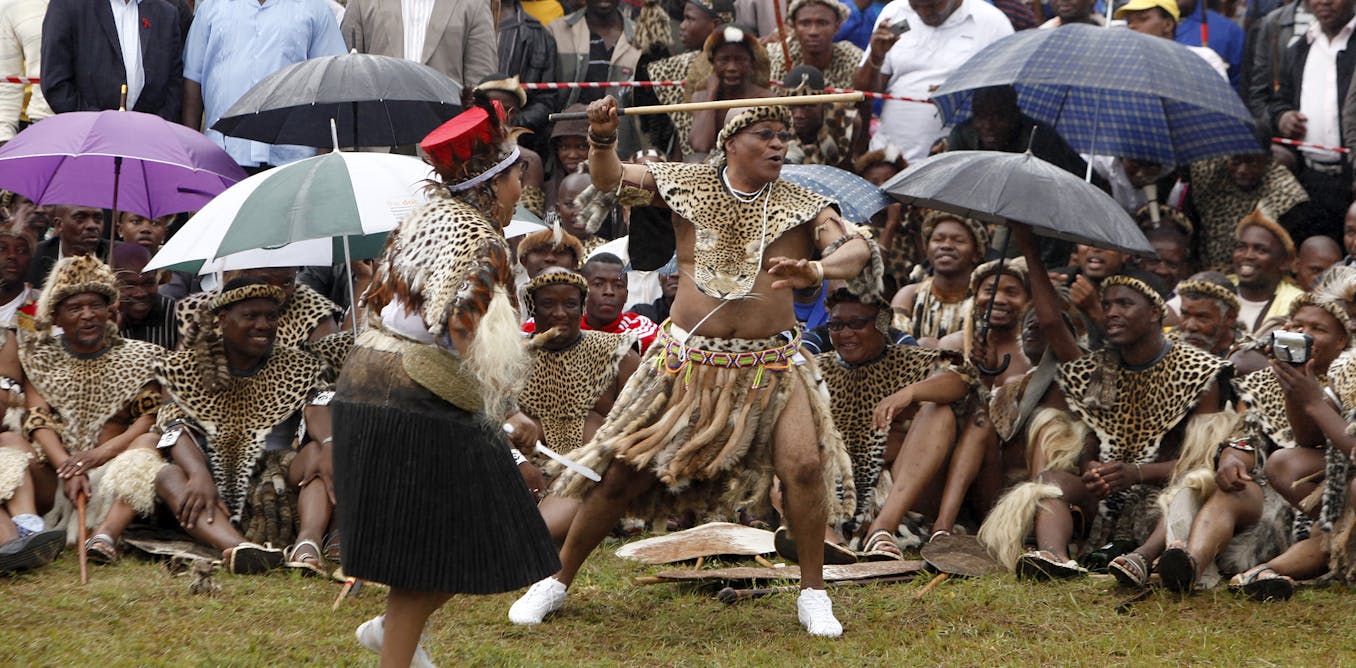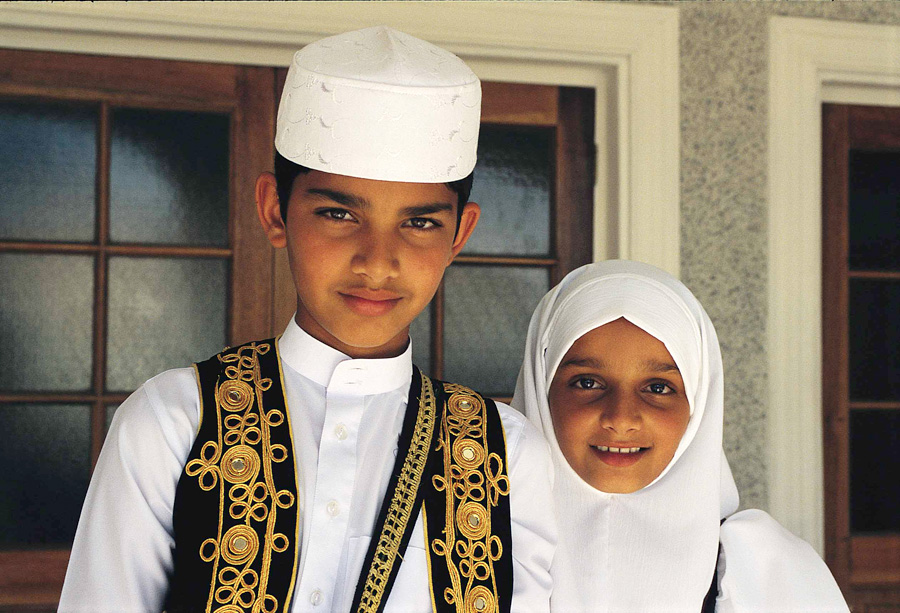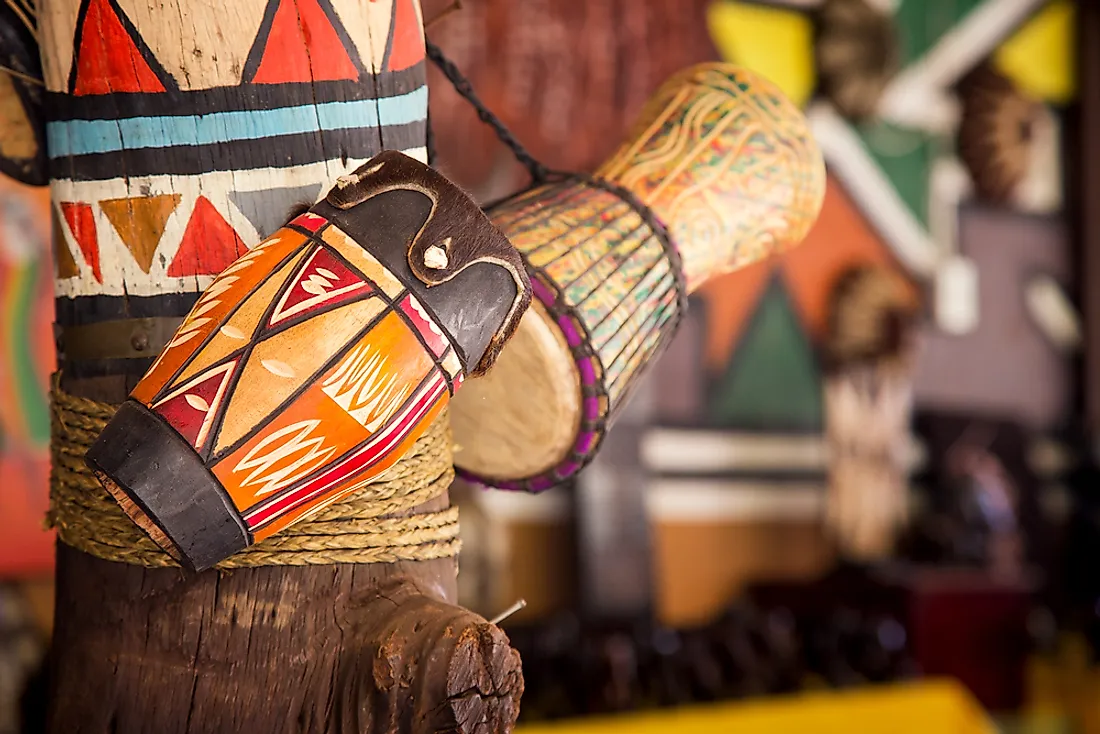Fascination About South African Culture Today
Fascination About South African Culture Today
Blog Article
South African Culture Today Fundamentals Explained
Table of ContentsNot known Facts About South African Culture TodayA Biased View of South African Culture TodayThe Best Strategy To Use For South African Culture TodayNot known Facts About South African Culture TodayIndicators on South African Culture Today You Should KnowThe Ultimate Guide To South African Culture Today
An issue of relevance in Zambian villages is the passing away of liked ones. All participants of the town put cash, time and initiative together for the burial of the deceased.Throughout the grieving duration; males stay outside your home and the females remain inside the home of the deceased. After speaking about the dead, the village strolls to the area of interment to state their last farewells. Songs and dancing is an extremely essential facet of the Zambian society. The numerous tribal devices have their very own dancing kinds; nonetheless, makishi prevails amongst all people.
Some Known Details About South African Culture Today
When it pertains to music, drums are utilized the most, with a range of drumming ceremonies. In Zambia, bulk of the people are Christian; Protestant and Roman Catholic. There are little groups of Muslims and Hindus, with the rest complying with regional native tribal beliefs.

South African heritage and culture is greatly diverse, and contains several teams of individuals who each have their own customs and ideas. Having such a variety of individuals and societies is what makes South Africa so unique. In truth sense of the phrase, we are a rainbow nation.
Making it the 7th on the listing of countries with the most Portuguese individuals in it outside of Portugal. Portuguese is not just a culture, but it is also a language and a nationality. Portuguese individuals stem from the country of Portugal in Europe, however, due to Portugal (like several various other countries in Europe) checking out the world and overcoming various other nations during the 15th 20th centuries, South Africa has what we call Portuguese South African's living in it.
Little Known Questions About South African Culture Today.
Amongst the noticeable features of the topography is a plateau that covers almost 2 thirds of the center of the country. The plateau complex rises toward the southeast, where it culminates in the Drakensberg variety, component of an escarpment that divides the plateau from the coastal areas. The Drakensburg consists of Champagne Castle, the highest possible top in the nation.
The region north of the Witwatersrand, called the bushveld, slopes downward from eastern to west towards the Limpopo River, which develops the global border. The western section of the plateau, the middleveld, also descends in the direction of the west and varies in elevation in between the highveld and bushveld. In between the Drakensburg and the eastern and southern shoreline, the land comes down to the sea.
Nearer the coast there is a low-lying plain called the eastern lowveld. Southwest of the plateau the nation comes to be progressively a lot more dry, giving method to the hostile desert of the Great Karroo, bordered on the east by the lower, much better sprinkled plateau of the Little Karroo. Separating the dry southerly inside from the sandy coastal of the southerly coast and West Cape is one more array, the Langeberg.
Getting My South African Culture Today To Work
The country's racially, ethnically, and politically separated background has actually produced national and subnational symbols that still function as signs of the nation, and others icons that are approved just by certain teams. The monoliths to white settler conquest and political supremacy, such as the Afrikaner Voortrekker ("leader") Monolith in Pretoria and the Rhodes Monolith honoring the British colonial empire contractor and Cape head of state Cecil Rhodes, remain sectarian symbols.
The initial modern-day inhabitants were the San ("bushman") hunter-gatherers and the Khoi ("Hottentot") individuals, that herded animals (South African culture today). The San may have existed for thousands of years and left evidence of their presence in countless old cave paints ("rock art"). Bantu-speaking clans that were the ancestors of the Nguni (today's amaZulu, Learn More amaXhosa, amaSwazi, and vaTsonga peoples) and Tswana-Sotho language teams (today's Batswana and Southern and Northern Basotho) migrated below eastern Africa as very early as the fifteenth century

The 2 former republics of the Orange Free State and Transvaal (South African Republic) were developed by Afrikaner settlers who beat and dispossessed the Basotho and Batswana. Lesotho would have been forcibly included into the Orange Free State without the expansion of British protection in 1869. The utmost marriage of the country arised from the South African War (18991902) between the British and this article the 2 Afrikaner republics, which reduced the country to wreck at the beginning of the twentieth century.
Afrikaners traditionally considered themselves the just true South Africans and, while providing full citizenship to all citizens of European descent, denied that standing to people of shade till the democratic transition of 1994. British South Africans maintain a sense of cultural and social link to Great Britain without weakening their identification as South Africans.
The smart Trick of South African Culture Today That Nobody is Talking About
The variety and fragmentation within ethnic collections and the equilibrium of tensions between those groups during the twentieth century avoided interethnic civil dispute. While intergroup tensions over resources, privileges, and political dominance remain, those conflicts are as likely to match Zulu versus Zulu as Zulu versus Xhosa or African versus Afrikaner.
From colonial India, British vendors and administrators brought the rounded metal ornamental roofings and slender lace job columns that still exemplify the outdoor patios of cottages arounds and cities throughout the country. Holy places contribute an important building element even in the smallest communities. In addition to view website the soaring steeples and traditional stonework of Afrikaans Dutch Reformed churches, Anglican churches, synagogues, mosques, and Hindu shrines give selection to the spiritual architectural scene.

Slaughtering and the developing of conventional cereal beer are necessary in safeguarding the engagement and a good reputation of the ancestors who are thought about the guardians of good ton of money, success, and well-being. Indian communities preserve their indigenous cooking practices and apply them on Islamic and Hindu ritual and ritualistic celebrations. Afrikaners and Coloured individuals collect at weekends and special events at multifamily barbeques called braais, where area bonds are strengthened.
Because this was the main economic enterprise of both black Africans and white colonists, dispute in between those teams focused on the belongings of grazing land and livestock. In 1867, the biggest ruby down payments worldwide were discovered at Kimberley in the west central area. The riches from those areas helped finance the exploitation of the best gold reef in the globe, which was uncovered on the Witwatersrand in 1886.
The 10-Second Trick For South African Culture Today
This brought about misconceptions and calculated misrepresentation in the ventures of white inhabitants and government authorities with African chiefs during the early american period (South African culture today). In the facility of African books, some elements of public and chiefly "tribal count on" land period were protected, and also in white country areas, forms of communal period were still practiced in areas with African areas
After the autonomous change of 1994, programs for land restitution, redistribution, and reform were instituted, but development has been slow. The white minority still controls eighty percent of the land. Following farming land intrusions in Zimbabwe, the Department of Land Affairs has pledged to speed land redistribution.
Report this page